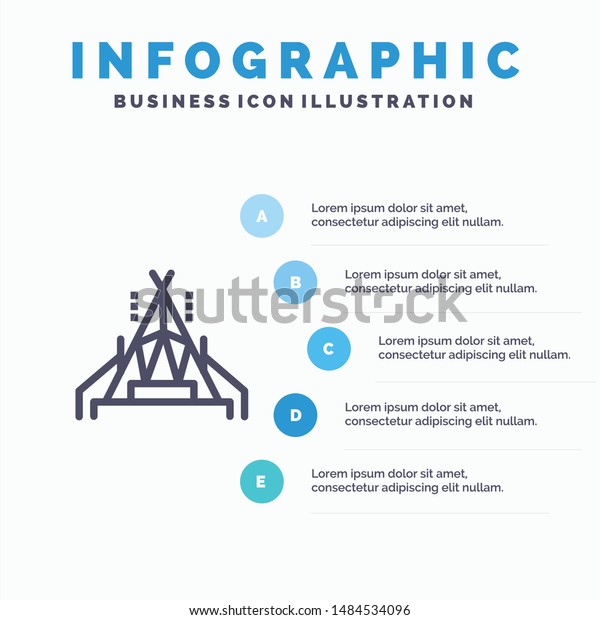Deliver Sales By Selling Camping Tents Online And Increase Profits
Deliver Sales By Selling Camping Tents Online And Increase Profits
Blog Article
Types of Overland Ground Tents
Whether you’re heading out on an overland adventure or just looking for a great basecamp tent, you’ll want to look at ground tents. These offer comfortable performance and thoughtful features to make life in the tent easier and more enjoyable.
Why does a canvas tent leak when you touch it?
Some are specialized for certain environments like jungles or Arctic regions. Others are built to be versatile and adaptable to many different conditions.
Rooftop Tents
Rooftop tents are a great option for overlanders looking to camp in remote locations without having to leave their vehicle. They are also popular with families who need the extra space that a fold-out rooftop tent provides.
There are three main types of rooftop tent: soft shell, hard shell and hybrid. Soft shell rooftop tents use a fold-out design to provide more headroom and sleeping space. They also often come with annexes that can be used for gear storage or extra sleeping areas.
Hard shell rooftop tents are made from a collapsible box that opens up using gas struts or manually-cranked mechanisms. They are typically much quicker to set up than soft shell RTTs, but they can still take up to a half hour to fully deploy.
Hybrid rooftop tents use the hard shell of the tent as the base, with canvas sides that are zipped or latched on. This type of tent is a little more durable than soft shell models, but it is also heavier and doesn’t offer as much headroom.
Dome Tents
Dome tents are a great option for those looking for a comfortable, spacious environment in remote natural settings. The dome shape allows rain to fall off the sides of the tent rather than onto the floor, and they’re also easy to pitch, lightweight, and provide good headroom for campers.
Dome tents come in both longitudinal and traverse styles. The former are generally suited for 1-2 people and offer good storage space, while the latter are typically built to be bigger and can accommodate larger groups of campers.
Geodesic tents, on the other hand, are essentially dome tents on steroids - their multiple criss-crossing poles create triangles and hexagons straight out of a Math class. high end tent They’re highly weather-resistant, but they take longer to pitch and can be expensive. In the end, you’ll need to think about what kind of trips you’re planning and what your budget is before deciding on the right tent for you. If you’re not sure, ask a trusted camping friend for advice!
Floorless Tents
Floorless tents or bivy-style shelters offer a lightweight solution to sleeping on the ground. For hunters who don't mind living without a bathtub floor for bug protection (especially during tick season or in buggy environments) these shelters can be a good option to consider.
Several manufacturers, including Black Diamond and Mountain Laurel Designs, have built removable bathtub style groundsheets that integrate with their floorless tents, providing additional vapor barrier and bug protection for hunters who prefer to sleep on the bare ground. A modular floor system can help reduce overall weight for the hunter as well.
One disadvantage of a floorless shelter is that moisture from the ground can easily get into the tent and condense on the inside walls, especially when there are large temperature swings. A good double-wall traditional tent design that vents very well with a breathable rainfly will minimize this issue. This type of setup also works better in windy conditions, where tarps can be vulnerable to spindrift blowing in under the edges.
Frame Tents
Frame tents have a freestanding framework of aluminum pipes that support and define the shape, eliminating the need for center poles, thus providing more usable space inside. They are ideal for outdoor events where maximized space is needed and can also be used on hard surfaces like asphalt or concrete, since they don't require stakes to be driven into the ground.
They're also more stable in windy conditions than pole tents because they don't rely on guy wires to keep them upright. However, this greater stability comes at a cost: a longer setup time and more complex assembly compared to other types of tents.
The sidewalls for frame tents slide into a groove on the tent leg, which means they don't need to be anchored with poles or guy wires as do the sidewalls for pole and dome tents. This flexibility can help you create an event that seamlessly integrates with the venue and adds a more refined look to your celebration.
Are Easy Camp tents any good?
